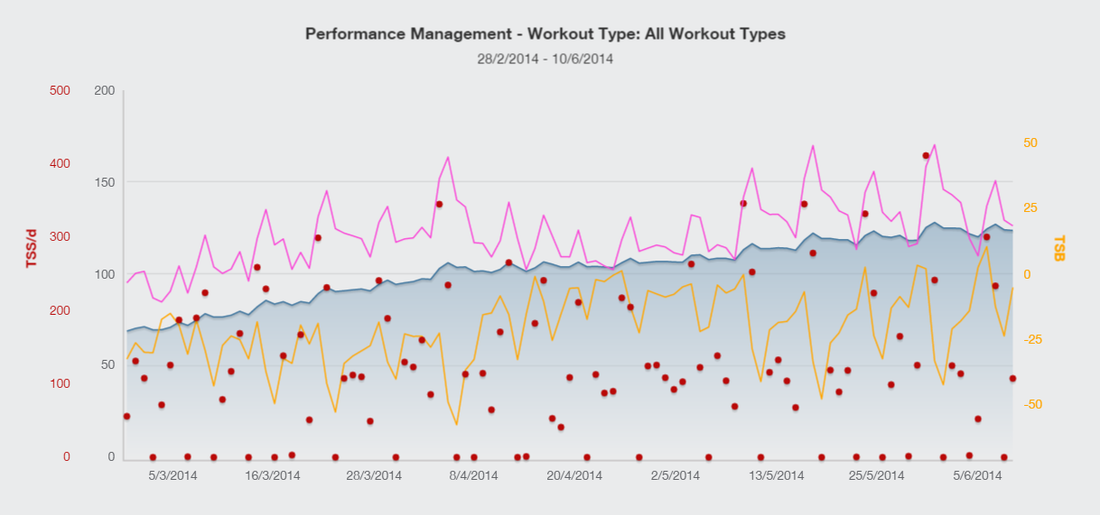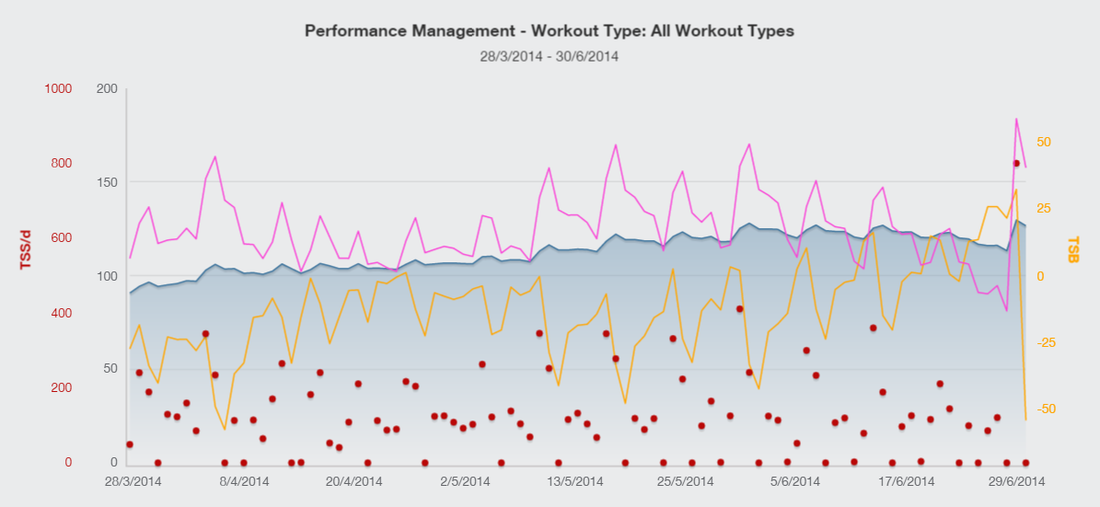Taper What is Tapering?
For endurance athletes, "tapering" refers to a decrease in training volume leading up to competitions. It might last anywhere between 3 days and 2-3 weeks depending on the athlete's goals, event and training load. The aim of tapering is to maintain fitness and endurance while removing fatigue and finding some 'form'... simple right?!
|
THE BLOGThe lastest GreenlightPT news, articles and race reports. Categories
All
Found this useful?
Donate $BTC here: |




